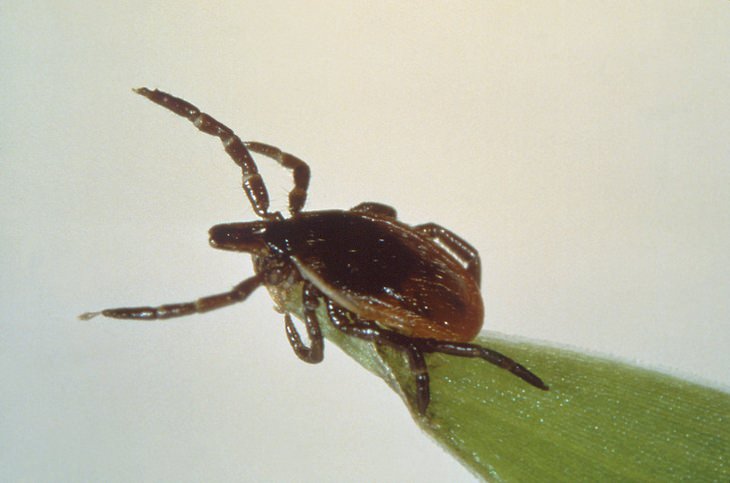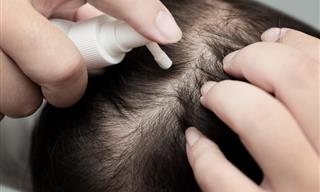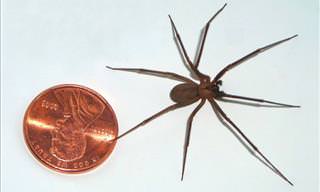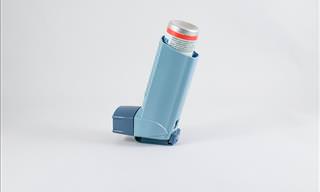1. Asthma
For the asthmatic, summer is the worst. Increased air pollution, pollen, and mold can cause frequent asthma attacks. The safest bet for people suffering from asthma is to keep a close eye on air quality levels using weather apps and websites and stay indoors in days when pollutant and allergen levels in the air are high.
2. Swimmer’s Ear
There is no better refuge from the sweltering heat of summer than in a swimming pool, but not taking care to drain the water out of your ear canal after a swim creates the perfect habitat for bacteria. The resulting infection, commonly known as swimmer’s ear, is painful and can cause reduced hearing.
To avoid swimmer’s ear, make sure to drain the water from your ear canals after swimming or showering by dipping your head to both sides and pulling on your ear lobe gently to help the water out. And whatever you do, do not insert cotton swabs in your ear. Ear wax protects you exactly from these types of infections and foreign objects may only hasten swimmer’s ear.
3. Coxsackievirus
This viral infection is related to polio and is far more common during summertime, and mainly infects children. It is transmitted through saliva and feces and can cause painful mouth blisters, acute eye inflammation and hand, foot and mouth disease (HFMD). It is also one of the main causes of viral meningitis, which, while typically non-lethal (as opposed to bacterial meningitis), can cause impaired cognitive abilities and hearing loss if left untreated.
4. Hyperthermia
Hyperthermia is an umbrella term for medical conditions caused by the overheating of the human body. Normally, humans have an internal heat-regulating system, but a combination of age, extreme weather conditions, physical exertion and loss of ability to cool down the body can cause the body to overheat. For example, one of the body’s most effective ways to regulate heat is through sweat, but high humidity in the air makes sweat virtually ineffective.
Heat-stroke is the most severe hyperthermia-related condition and can cause death and permanent disability. One particular environment where heat strokes are more common is inside cars that have been left out in the summer sun.
5. Food Poisoning
The heat and heavy humidity of summer may not be comfortable for us, but they’re optimal for bacteria and mold, making food spoil much faster in the summer. More than a mere inconvenience, the water loss caused by nausea and diarrhea can cause dehydration and more problems for older people. Keep food well refrigerated and don’t touch food that’s been left out for an hour or more.
6. Poisonous Plants
The sap of plants belonging to the Toxicodendron family (which includes poison ivy, poison oak, and poison sumac) secretes an oil called urushiol which about 85% of humans are generally allergic to, while 25% of people are severely allergic to it. Skin contact with these plants will cause a severe rash, swelling, blisters, and scarring. Since the reaction is an allergic one, cortisone cream and antihistamines may help with the symptoms, but see a doctor if you see pus-filled blisters, as that may indicate an infection.
7. Lyme Disease
The tick-borne Lyme is most common during summer, as people tend to spend more time outdoors while having more areas of bare, unprotected skin. Luckily, a bite alone does not transmit the disease, as it typically takes more than a day of feeding for the infection to take place. Always check for ticks when returning from outings in a grassy or densely-vegetated area.
 Go to BabaMail
Go to BabaMail


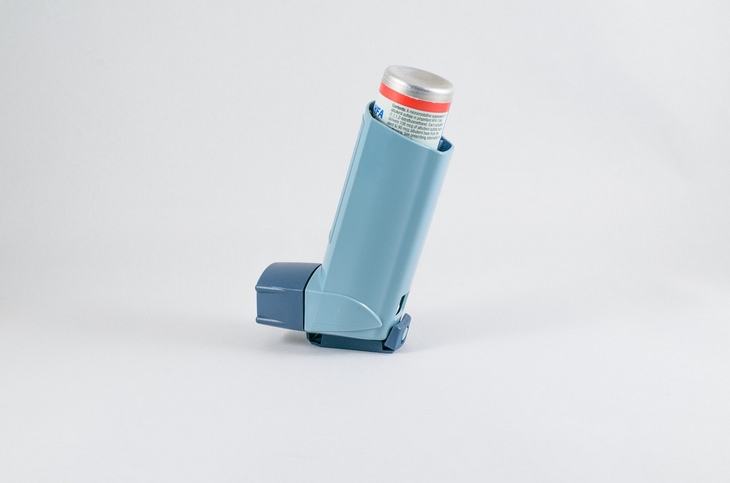

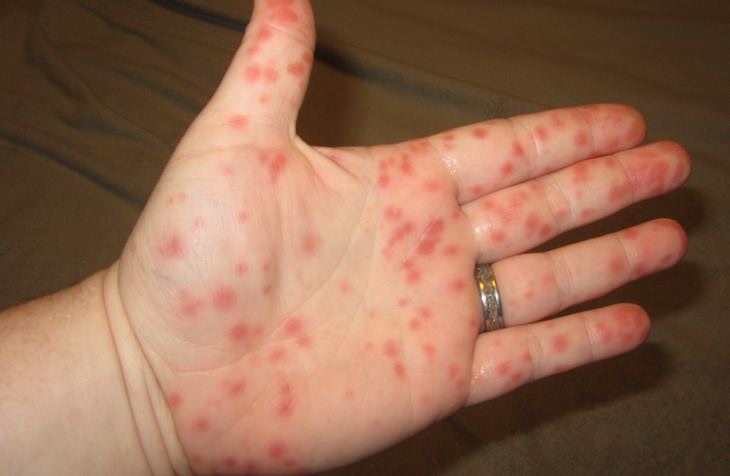 Source:
Source: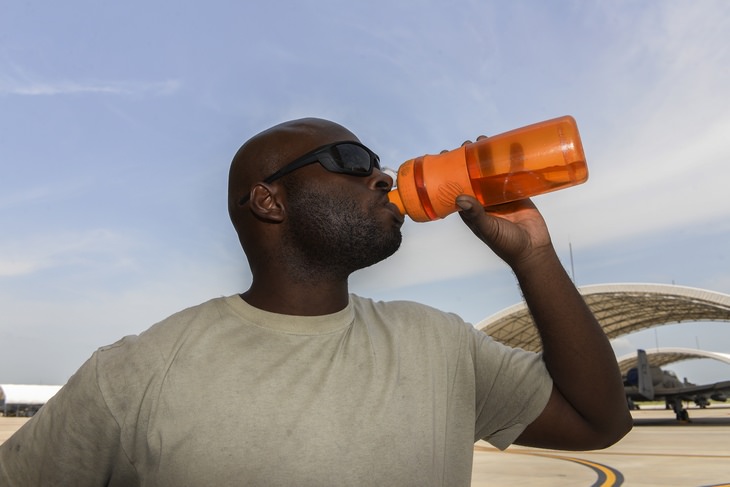

 Source:
Source: 